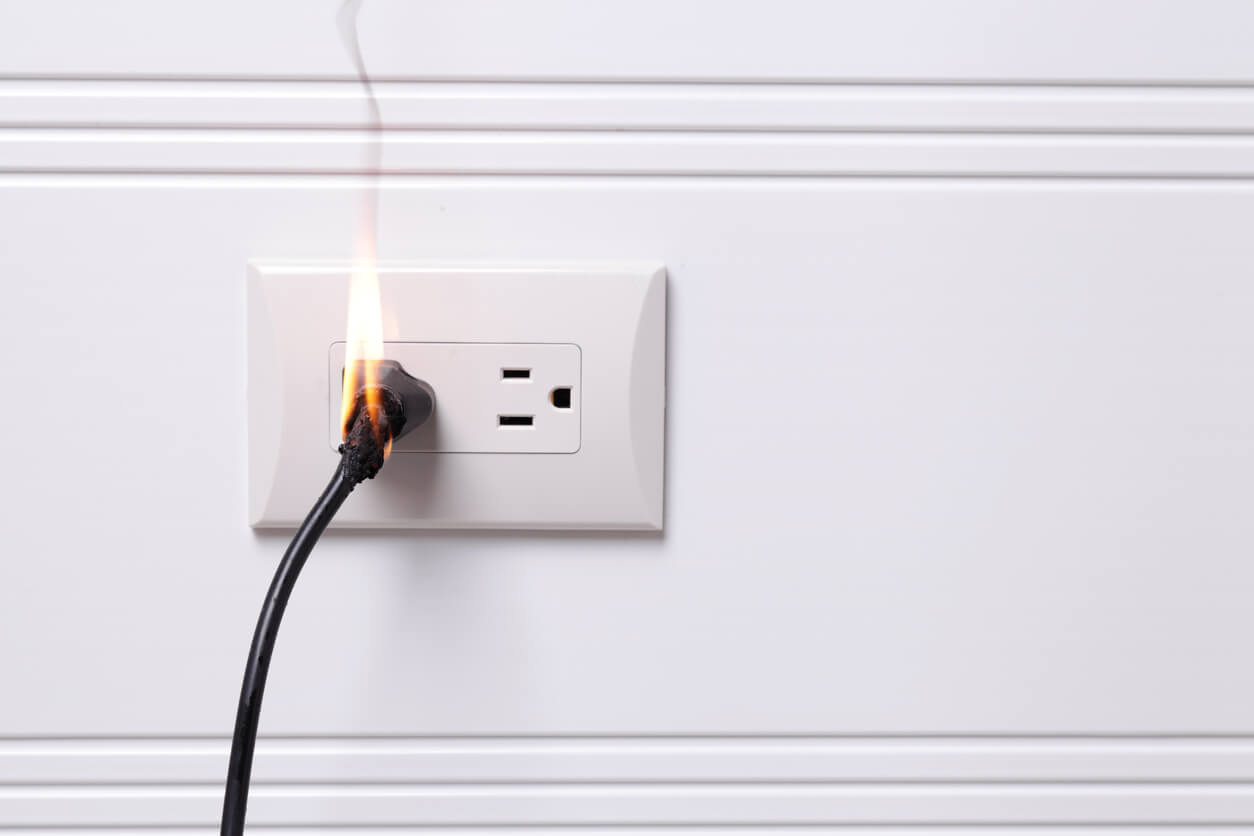Fires in your home or business can be extremely devastating. Not only do they cause your property to go up in flames, but they also create lingering smoke damage, which can be very bad. Smoke damage, which can cause issues even weeks after the fire, is categorized into four different types: 1) dry smoke; 2) we smoke; 3) protein residue; and 4) fuel/oil residue. Each type of smoke damage is the result of the specific facts of each fire, such as its temperature, location, and the materials that fueled it. It’s important to know which type of smoke damage you have, as each one requires a slightly different restoration process.
Dry Smoke
Dry smoke is the result of high-temperature fires that burn quickly and are usually fueled by wood or paper. You can often tell that smoke damage is from dry smoke because it doesn’t create any streaks when it’s wiped up. The good news is that because of this, it’s relatively easy to clean up. The downside of dry smoke is that because it is more powdery in texture, it can fall into cracks in your home or business. When the residue falls into cracks, the odor can be difficult to get rid of without professional assistance. Luckily, the smell isn’t as bad as some of the other types of smoke.
Wet Smoke
Wet smoke is the result of low-temperature, smoldering fires. When you burn rubber or plastic, it can produce wet smoke. Unfortunately, wet smoke smells very strong despite having few flames. Still, the smoke that results is thicker and blacker than some other types of smoke. With a dense and sticky residue, it can easily smear when you wipe it and will cover much of your home or business. It’s not easy to clean on your own and generally requires professional assistance.
Protein Residue
Protein residue is the result of lower-heat fires during which organic material evaporates. Protein residue often occurs from kitchen fires. One of the biggest issues with protein residue is that while you can’t really see it, it can permanently discolor certain surfaces. Additionally, while it’s hard to see it’s not hard to smell.
Fuel/Oil Residue
Fuel/oil residue, also referred to as petroleum residue, is the result of fires that occur where petroleum products are stored. Because of this, it’s rarer to have this type of smoke. However, it’s important to note that you can experience fuel/oil residue even without the presence of a real fire. Furnaces can experience an issue wherein they fail to properly ignite, instead releasing smoke into the nearby space. Fuel/oil residue can be extremely difficult to clean due to its dense and sticky texture. It also has a very strong odor.
If you have suffered smoke damage after a fire, there are a few things that you can do. With smaller fires, you can generally get rid of the smoke residue from your items without having to replace them. If the smoke residue is worse you can try to resurface your items (e.g., re-carpeting, re-painting, etc.). And in the most extreme cases, you will have to replace all of your items that have been damaged. While the cost is high, you won’t be able to get rid of the smell otherwise.
PALUMBO LAW Helps Those in Rhode Island with their Fire Damage Claims
When you are already concerned with physical and emotional healing for you and your loved ones, the last thing you feel like dealing with is a fire damage claim denial. That’s where a qualified fire damage attorney can help.
At PALUMBO LAW, our experienced Rhode Island Property Insurance lawyers work strategically to help our clients to get what they deserve. We have deep experience working with insurance companies and understand how to deal with them. If you are planning on filing a fire damage claim or have already filed your claim and been denied, we can help. To learn more or to schedule a free consultation, call us today!


